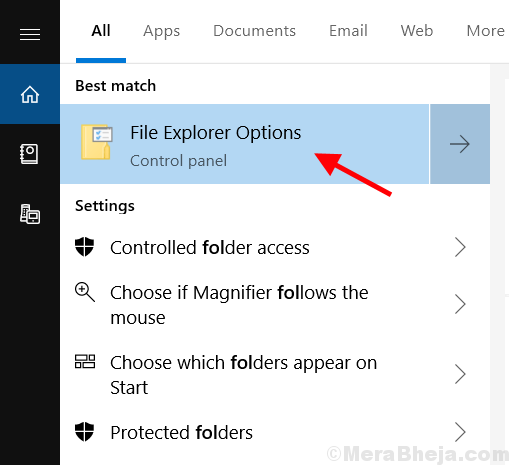


You can also access them directly at a \\wsl$ path. This will launch File Explorer showing the current Linux directory-you can browse the Linux environment’s file system from there. From within the Windows Subsystem for Linux environment you want to browse, run the following command: explorer.exe. There are two ways to access your Linux files. You still shouldn’t modify the underlying files at their real location on your system. Unlike previous methods, this is a safe way to work with Linux files! Windows does some magic in the background, making it possible to edit your Linux files from Windows applications without causing file permission issues. Here’s how to get at your Windows Subsystem for Linux files. Step 3: Next, select the drive from where you wish to restore missing files in Windows 10. The setup process to upgrade to Windows 10 from a previous release, or from a previous version (such as Windows 8.1 or Windows 7), usually does a pretty good job preserving your files. Step 2: Launch the application and when home screen appears, select 'Lost File Recovery' option. Don’t install it on the drive from which files has to be recovered. What I get with a "bcdedit.Windows 10’s May 2019 Update finally offers an easy, safe, and officially supported way to access and work with your Linux files from within File Explorer and other applications. Step 1: Download Hi5 File Recovery software on your Windows 10 and install it. Well, now it boots correctly, but I can't enable BitLocker anymore and get the not-so-explicit "The system cannot find the file specified" error you had. So I guess I made something wrong when I tried to repair the UEFI boot partition. When the boot problem was fixed, I used gParted to extend my C: partition and delete useless recovery partitons at the end of the drive. When I replaced the SSD the system did not boot, and I had to create a new BCD store by copying UEFI boot files from the systemĭirectory on fix the UEFI boot partition. I used to have BitLocker working on my laptop, but I removed it before cloning my SSD to a new and bigger one. REAgentC /SetREImage /Path R:\Recovery\WindowsREĪlmost have the same problem, and still not able to solve it now. Rather than setting to 0's, I have reset the REAgent.xml file back to its "original" state:Īssuming your partition scheme includes a recovery partition, a winre.wim needs to be on the recovery drive Recovery\WindowsRE.


 0 kommentar(er)
0 kommentar(er)
